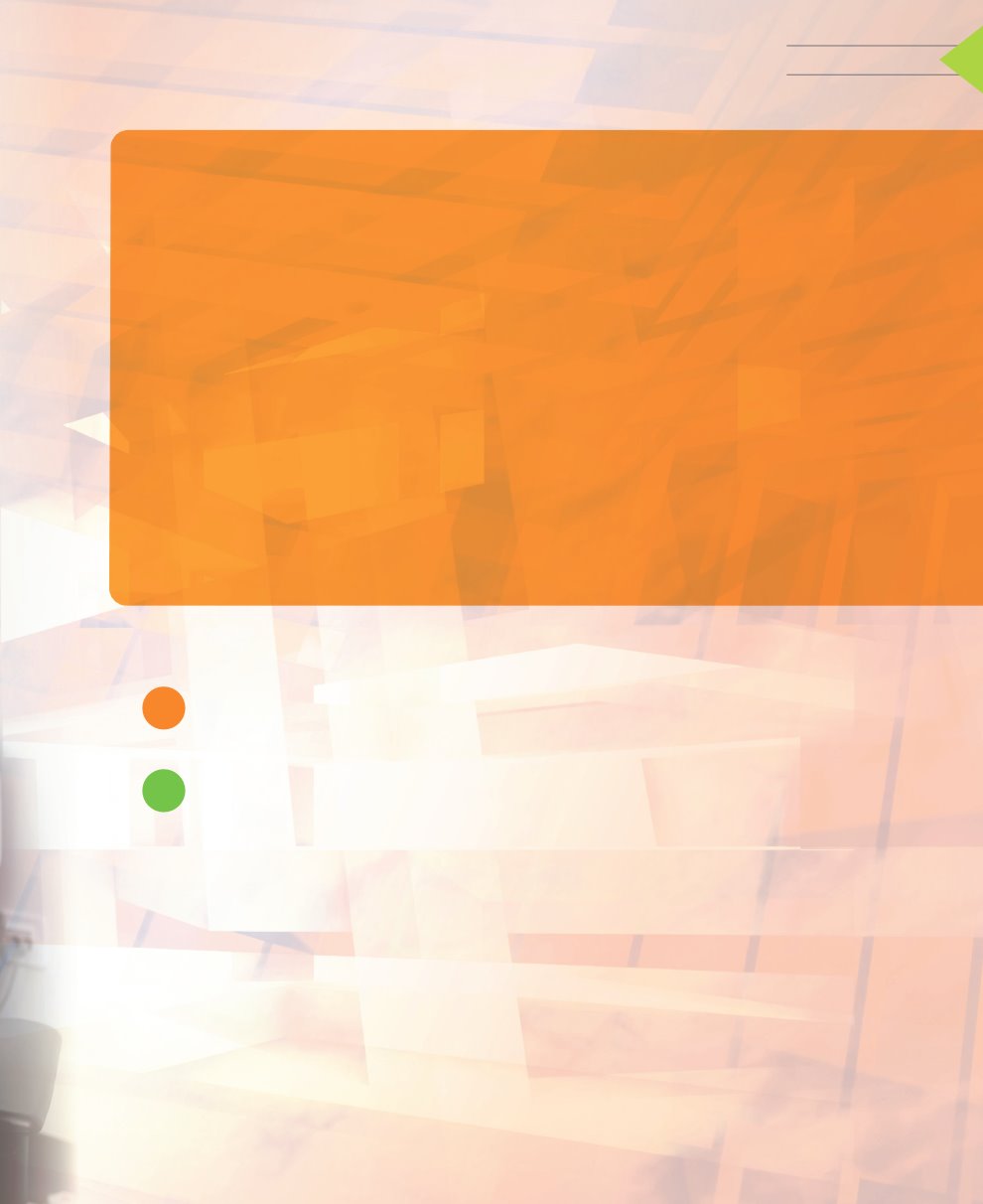
IAS Chatroom
Sep 2015
3
As the world’s leading mathematician on inverse problem,Prof Gunther Uhlmann’s
research focuses on determining the identity of an object by measuring how the
object scatters incoming light, sound waves or other types of waves. He has
proven that by measuring the scattered waves at a boundary, a person may not
be able to tell what that object is as he can construct two different objects that
give exactly the same scattering. This actually implies Harry Potter’s cloak of
invisibility can become real.
Prof Uhlmann is a member of American Academy of Arts and Sciences and a Fellow
of the American Mathematical Society. In 2011, he was awarded the prestigious
Bôcher Memorial Prize by the American Mathematical Society and the Kleinman
Prize by the Society of Industrial and Applied Mathematics.In 2013,he joined HKUST
Jockey Club Institute for Advanced Study as the first IAS Si Yuan Professor.
As a world-leading mathematician, you are famous for your research on inverse problems and
imaging. Why did you approach these areas in the first place? What major difficulties did you
encounter when doing the research and how did you solve the problems?
At the very beginning, my research was on a different topic. When I was visiting at the
Mathematical Sciences Research Institute in Berkeley, I attended a public talk about inverse
problems. It was a similar kind of talk to what IAS is doing now. I hadn’t thought nor worked on
inverse problems before and they were still largely unknown in mathematics. I really liked the topic
and wanted to understand it better so I switched my field of study to inverse problems.
For the first inverse problem I tried to solve, I worked with a collaborator and for two years we
found no solution. But the hard work paid off in the long run, and we eventually solved the
problem. Being a mathematician is frustrating because most of the time you are stuck. Solving
mathematical problems is not like doing other scientific research where you can find solutions by
conducting experiments. In mathematics you may need to spend a long time coming up with new
ideas on how to solve the problem. We would just keep thinking about it on and off. Discussing
with a collaborator and colleague also helped a lot with this process. When you get confused,
things often become clearer when you have to explain it to another person. I like collaborations
very much. You learn much from others and also develop many friendships.
IAS
Gunther


